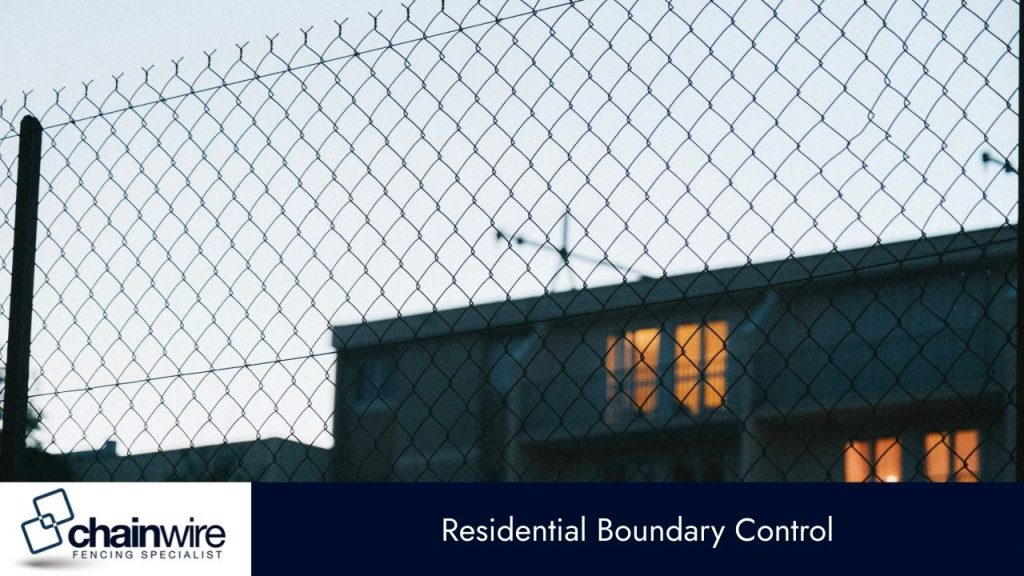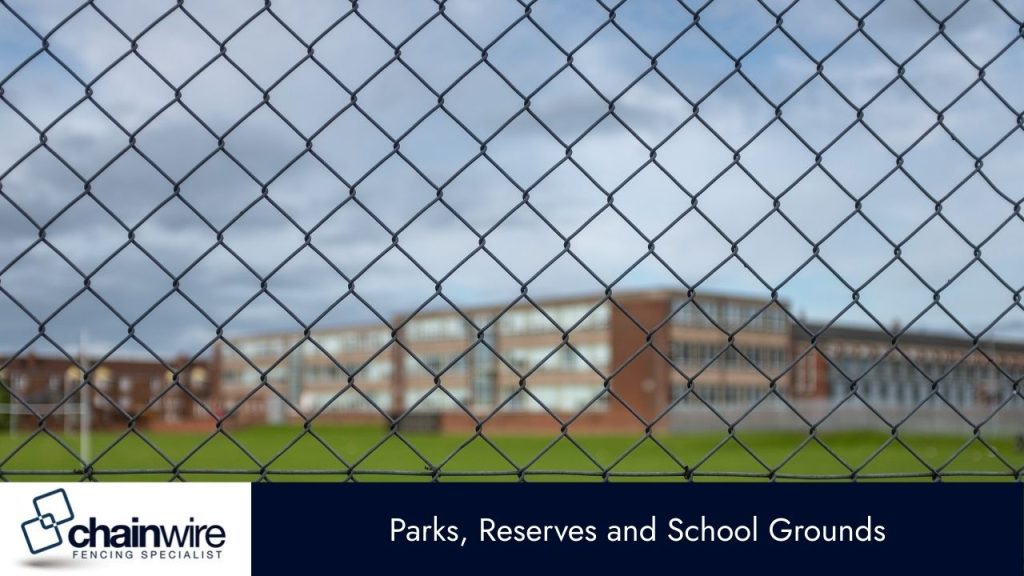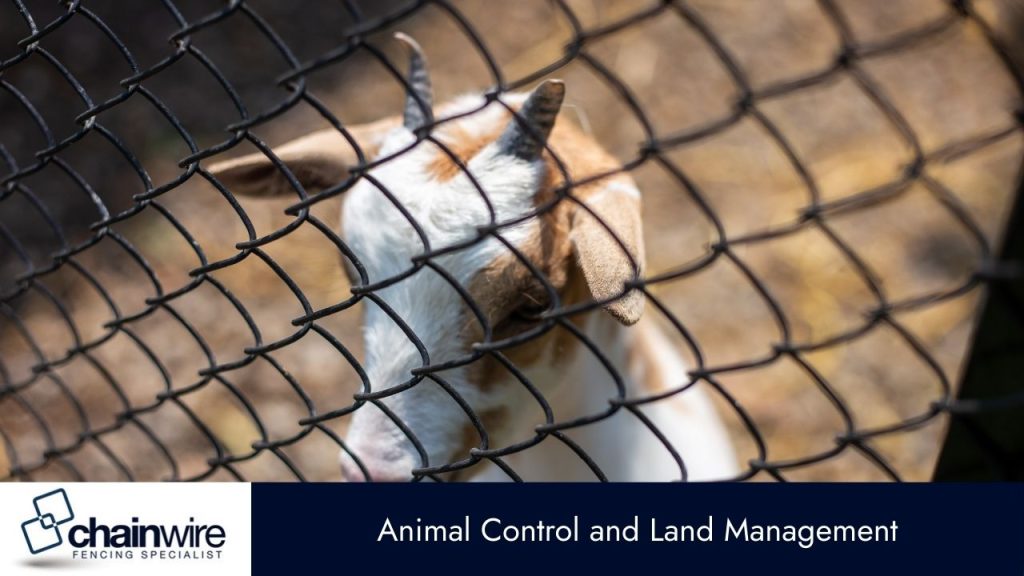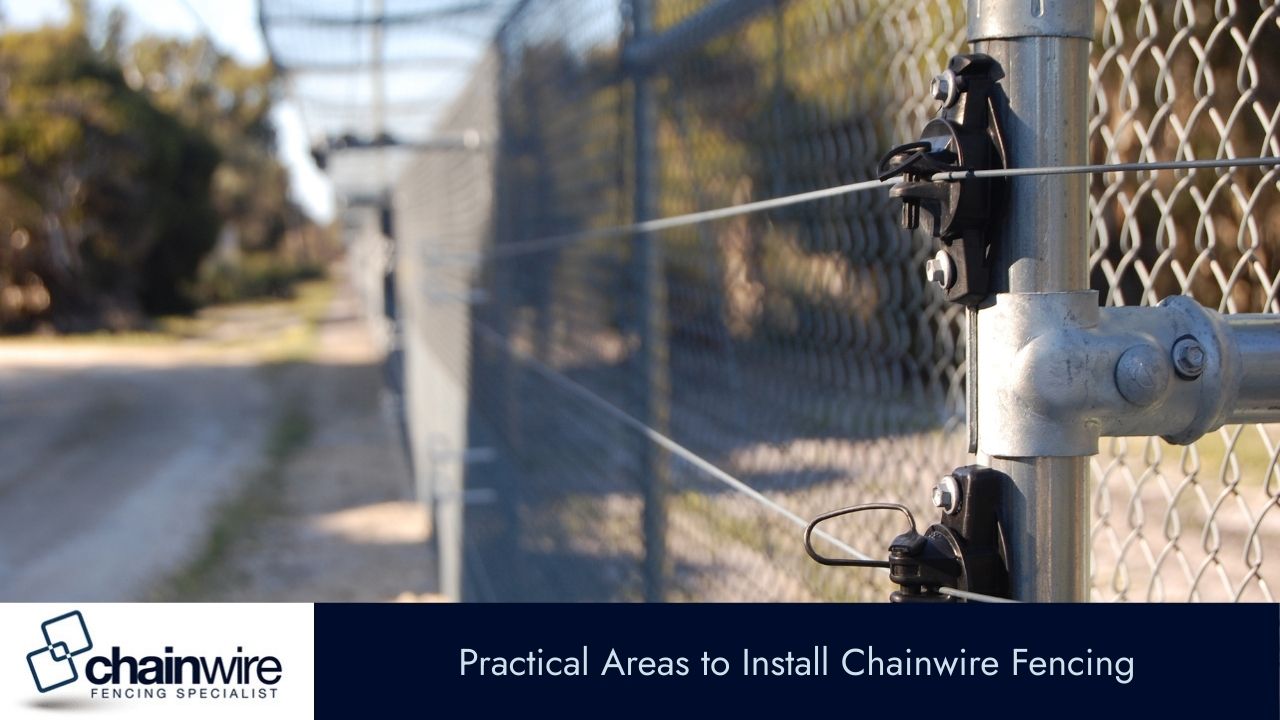Many property owners, site managers, and councils need clear boundaries and safe zones—but not all fencing types suit every location. Choosing the wrong fence can block visibility, disrupt space use, or fail to meet compliance.
Timber can rot. Brick can cost too much. Glass offers no real boundary. Without a cost-effective, durable option that works across schools, worksites, and animal areas, spaces can remain unsecured, or worse—non-compliant with safety regulations.
Chainwire fencing solves this across all sectors. It offers visibility, control, and defined access zones without overbuilding or overspending. Here’s where it fits best.
Residential Boundary Control
Chainwire fences mark out property lines and help keep pets and children safe without enclosing the yard completely. In many homes, they’re placed alongside and back boundaries or front sections where solid fencing isn’t required. Homeowners often add black-coated mesh, vines, or screens to meet privacy preferences.
For houses near walkways or driveways, gates are fitted with latches or sliding runners. The setup is practical—offering protection without creating visual blocks or ongoing maintenance needs.

Sports Courts and Recreation Areas
Sporting areas need barriers that control access without blocking views. Fencing is installed around tennis courts, basketball courts, and school ovals to reduce interference, contain play, and prevent off-hours access.
In some locations, councils use purpose-built fencing for tennis facilities to meet compliance and safety standards. These fences include measured gate placement, ball-stop heights, and spacing for pedestrian flow. The design keeps the court open and accessible without creating blind spots or barriers for spectators.
Parks, Reserves and School Grounds
Chainwire is used in parks to section off playgrounds, guide foot traffic, and keep public zones separated from hazards like water bodies or roads. In schools, fencing helps control entry and exit points and separates areas like ovals, classrooms, and loading bays.
Height, gate locking, and mesh size vary depending on how the space is used. Entry gates often include childproof latches or push-bar access. The open layout ensures the space stays connected to its surroundings without compromising safety.

Industrial Sites and Temporary Zones
Construction sites, warehouses, and depots use chainwire to protect tools, vehicles, and staff from unauthorised entry. Fencing is either installed permanently with footings or temporarily using weighted bases. The fence’s design makes it easy to spot unauthorised movement and manage logistics without blocking line-of-sight.
Some sites include barbed wire toppers or privacy mesh for added control. Chainwire is also used inside larger blocks to divide parking areas, machinery storage, and access zones for heavy equipment.
Animal Control and Land Management
Farms, shelters, and veterinary sites use chainwire to hold livestock or guide animal movement between pens. It provides physical separation without full visual barriers, helping handlers monitor animals in real time.
Kennels and catteries often use smaller mesh openings to prevent escapes or climbing. For larger animals, posts are driven deep and corners reinforced. Chainwire also works for sectioning off feed zones or loading areas, keeping operations safe and streamlined.

Access Gates and Fence Adjustments
Chainwire systems adapt to different access needs. Gates range from single pedestrian openings to wide double-leaf and sliding setups for trucks or machinery. In automated yards, chainwire can be paired with remote or keypad entry.
Fence height, mesh width, and post spacing all depend on site use. Common extras include tension wires, privacy mesh, and screening panels. On sloped ground, the mesh is cut and tensioned to match the grade, avoiding gaps or weak points.
Final Advice from Chainwire Fencing
Every site has a different use case—but the need for visibility, control, and safety stays the same. We help homeowners, councils, and commercial clients choose the right chainwire fence for their space.
Need to secure a court, protect a site, or divide animal zones? Let us inspect your site and plan the layout.
Reach out today for a walk-through or a no-obligation quote.

